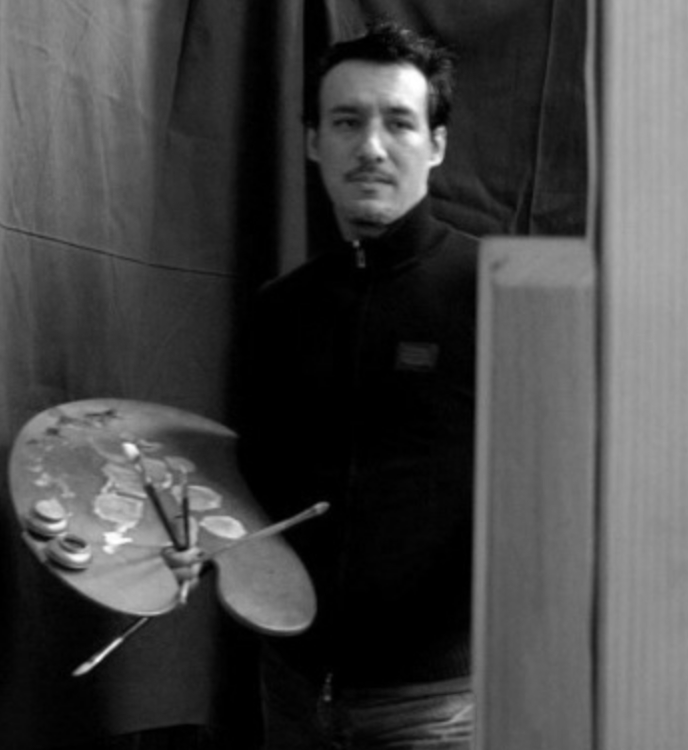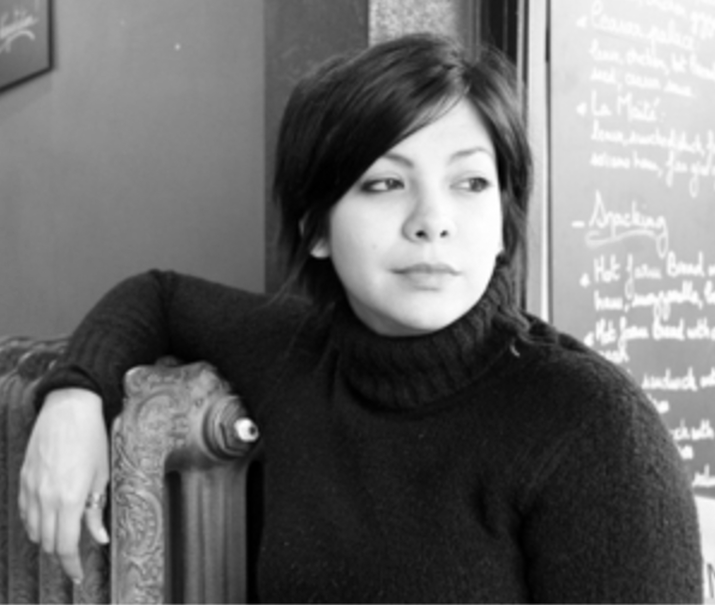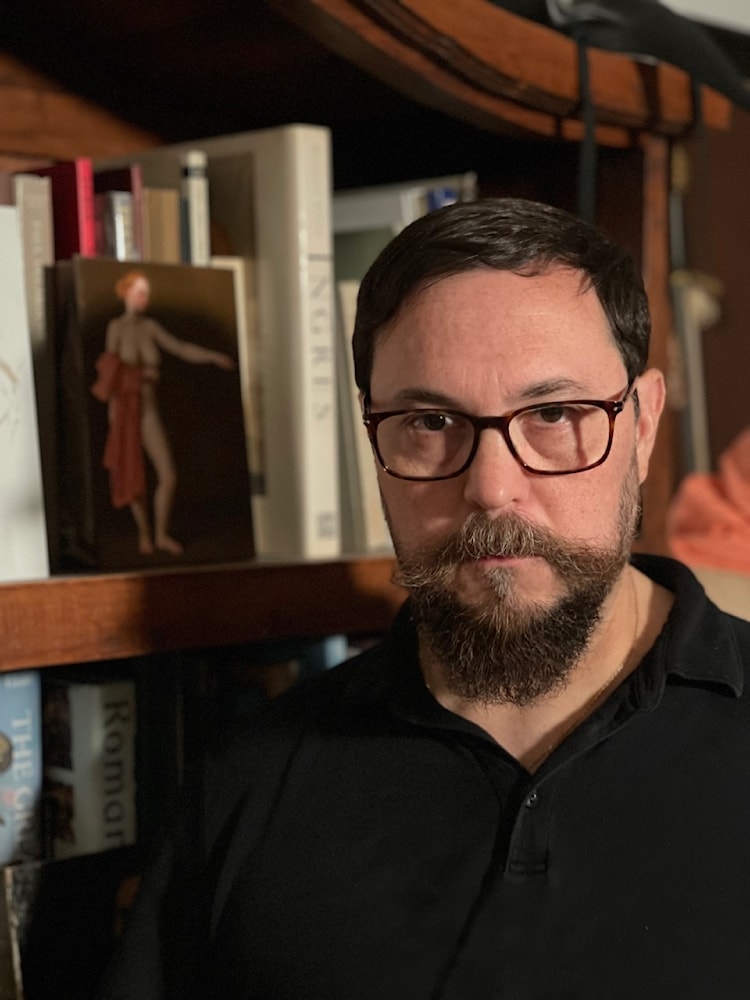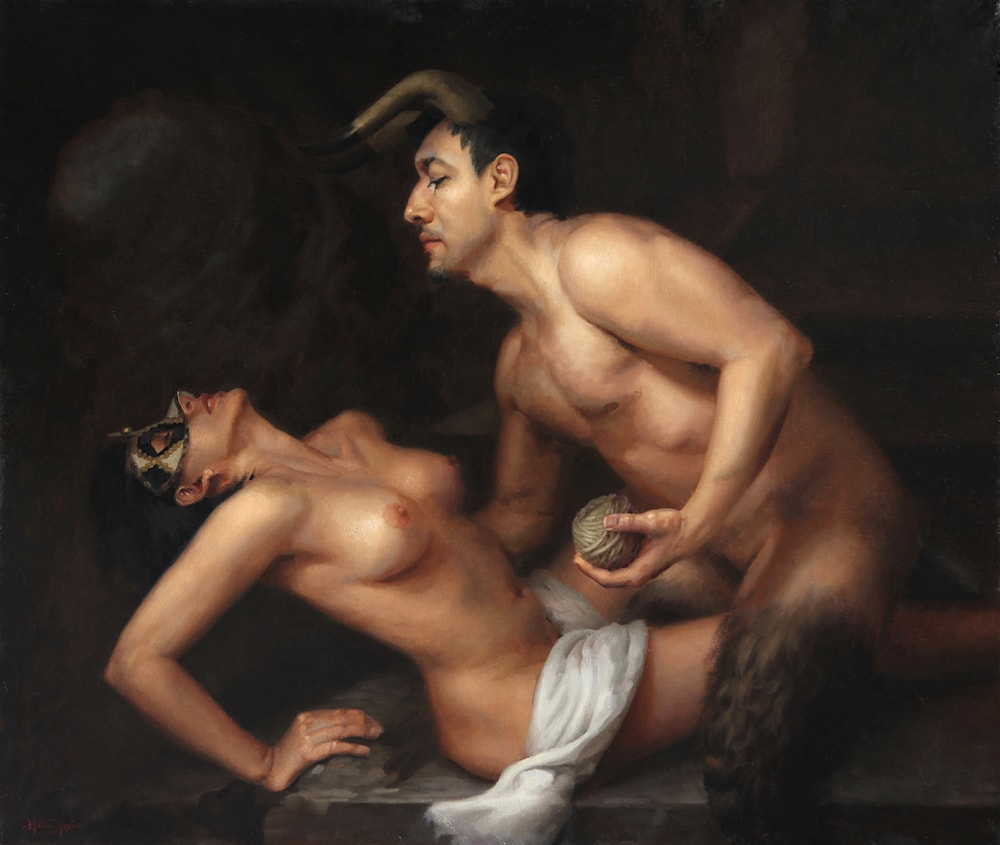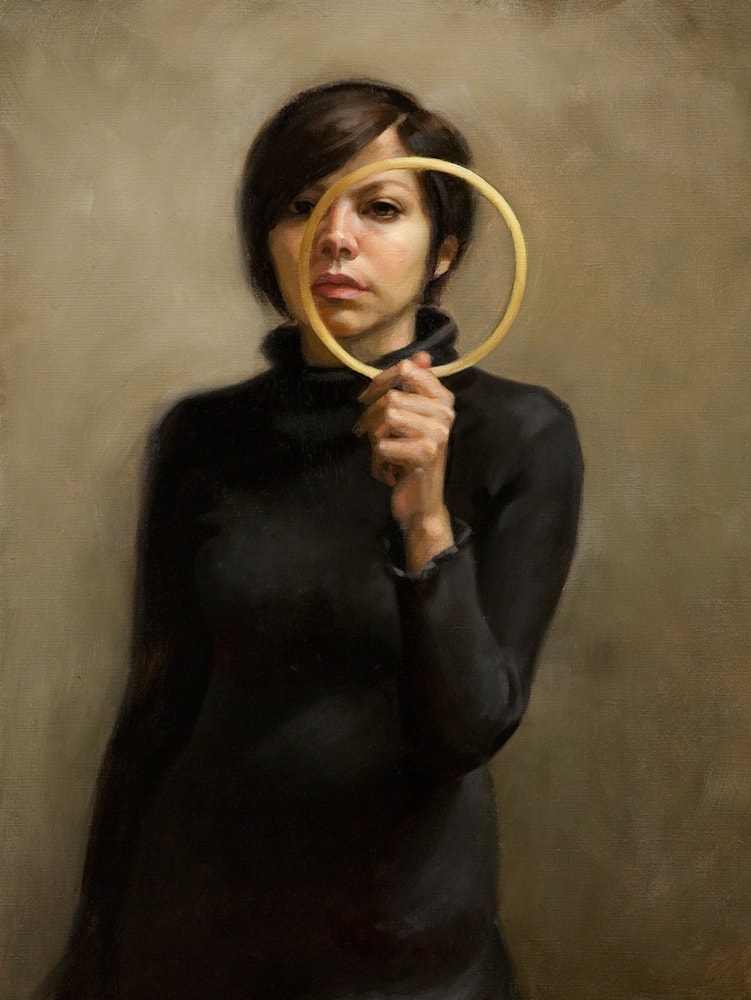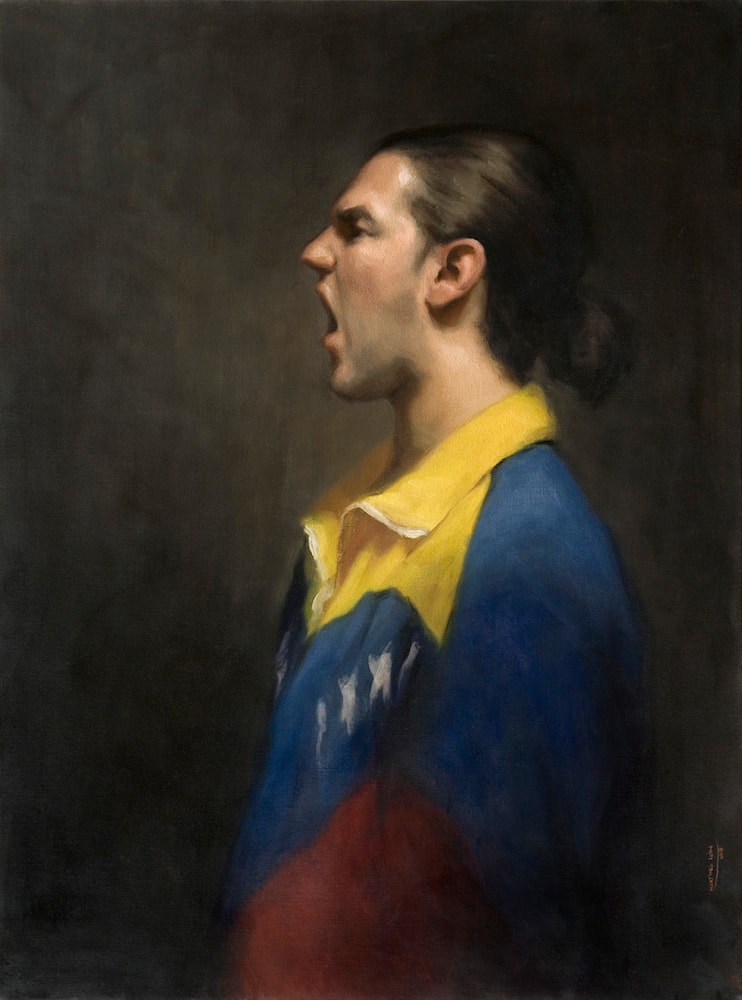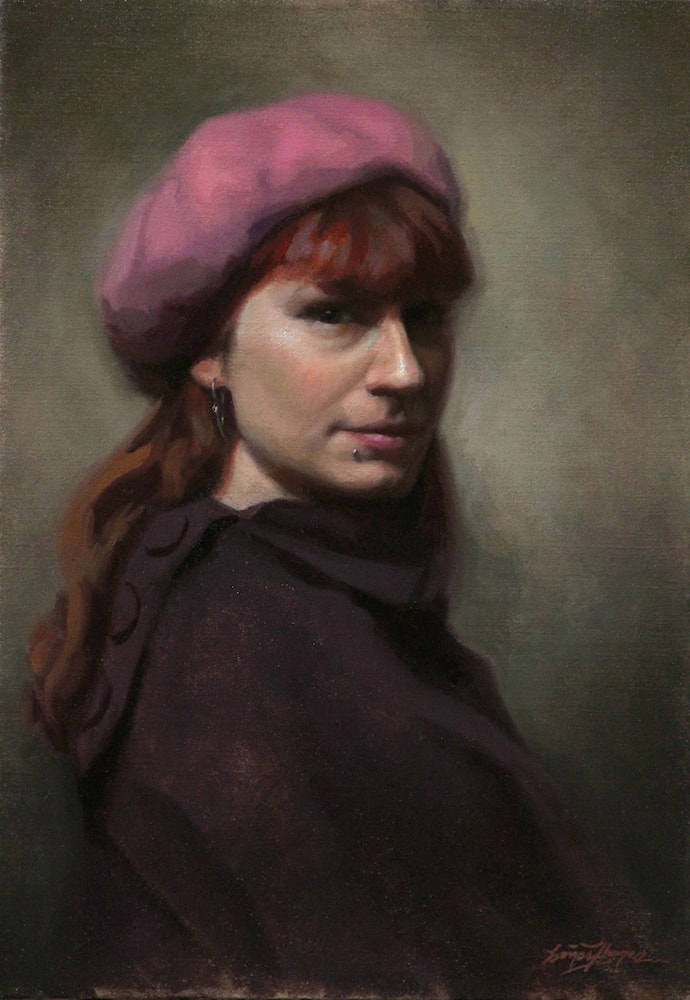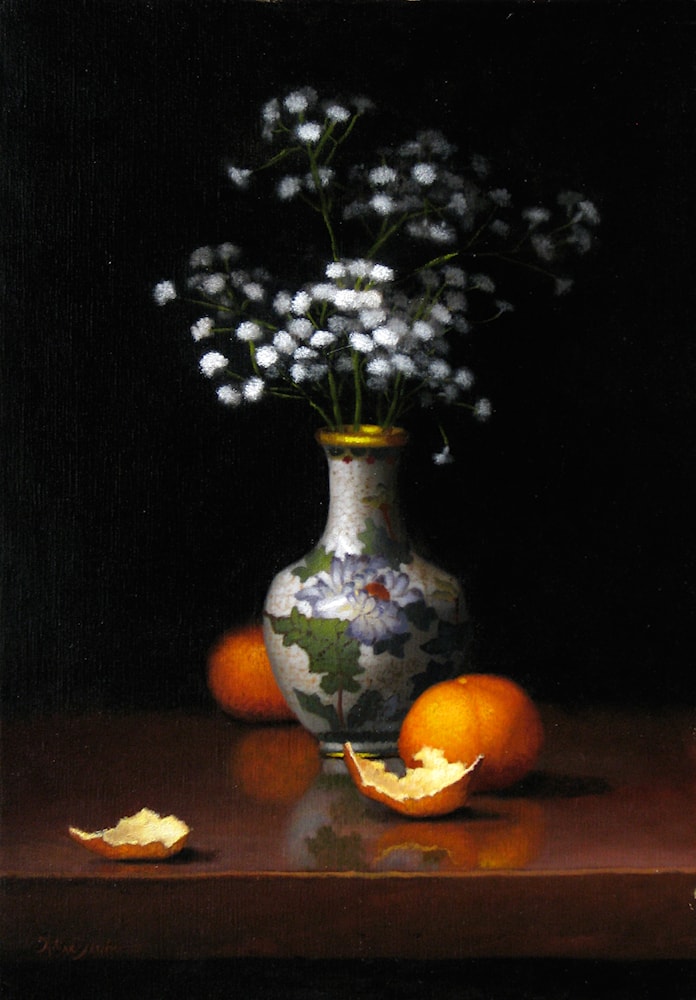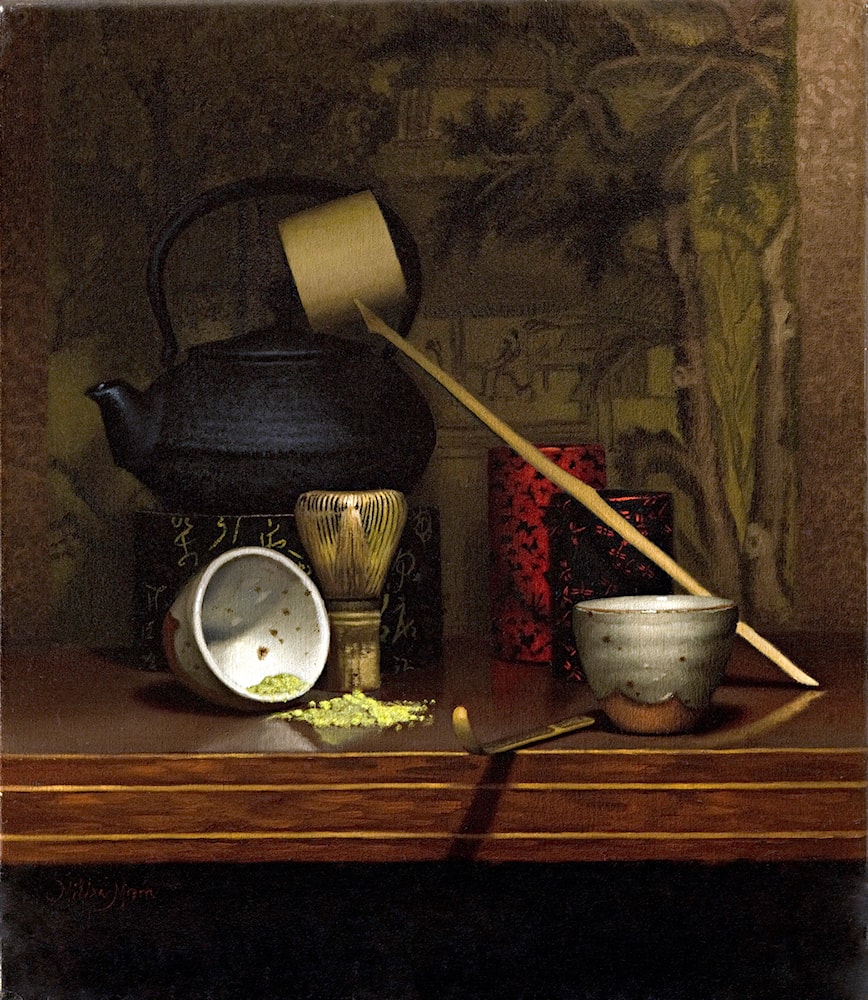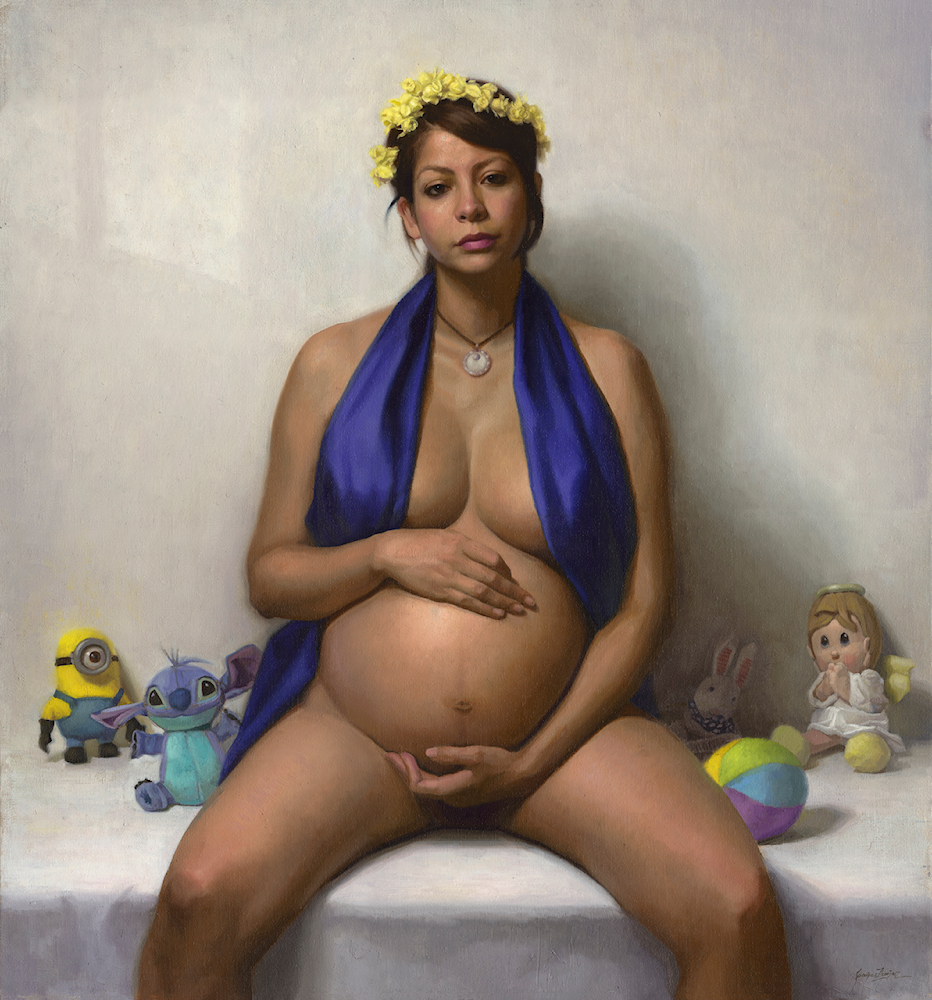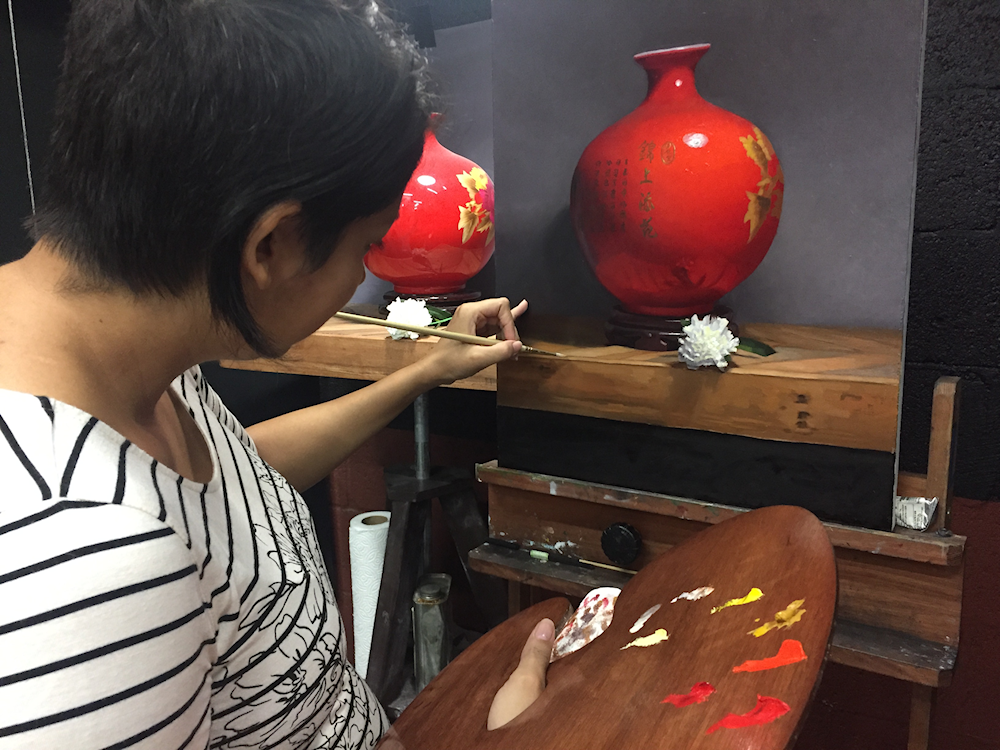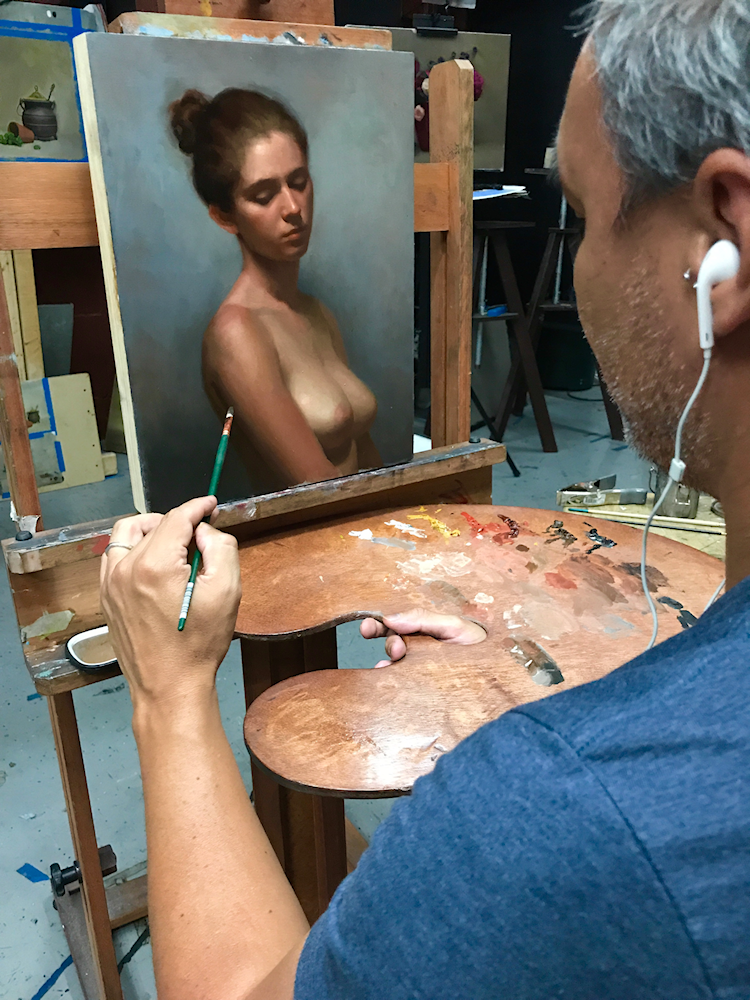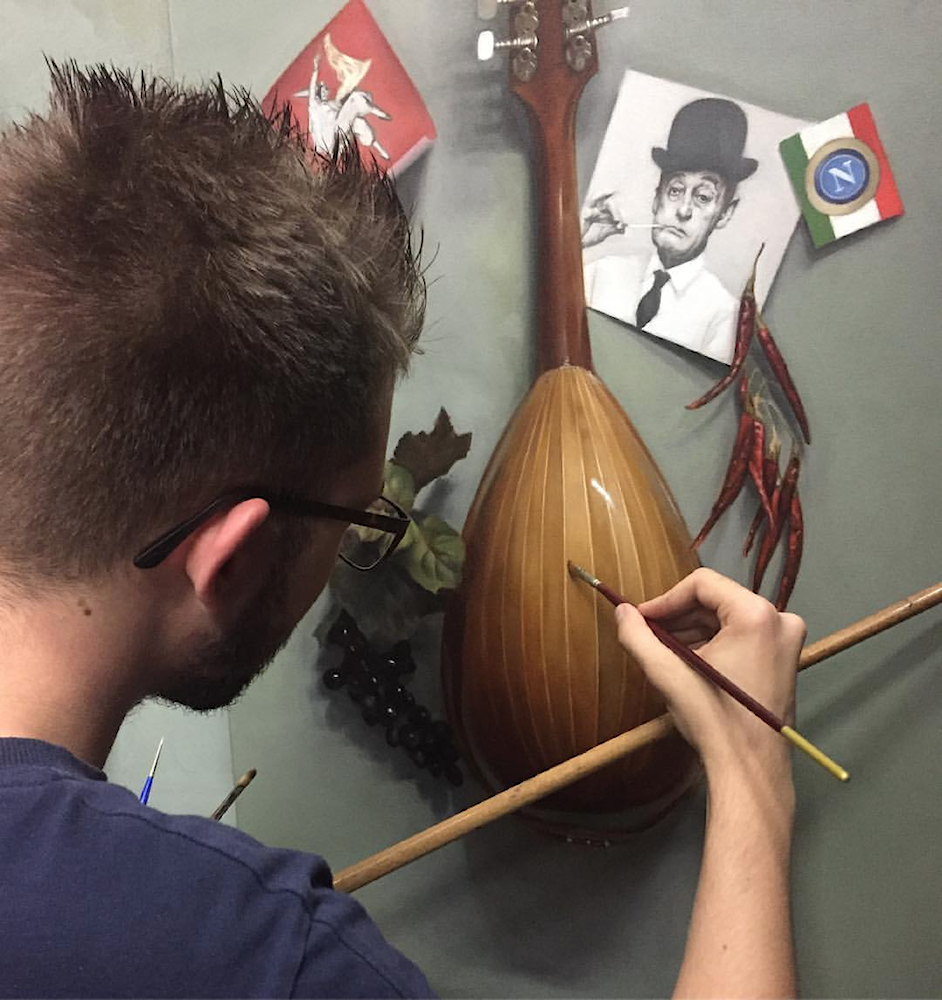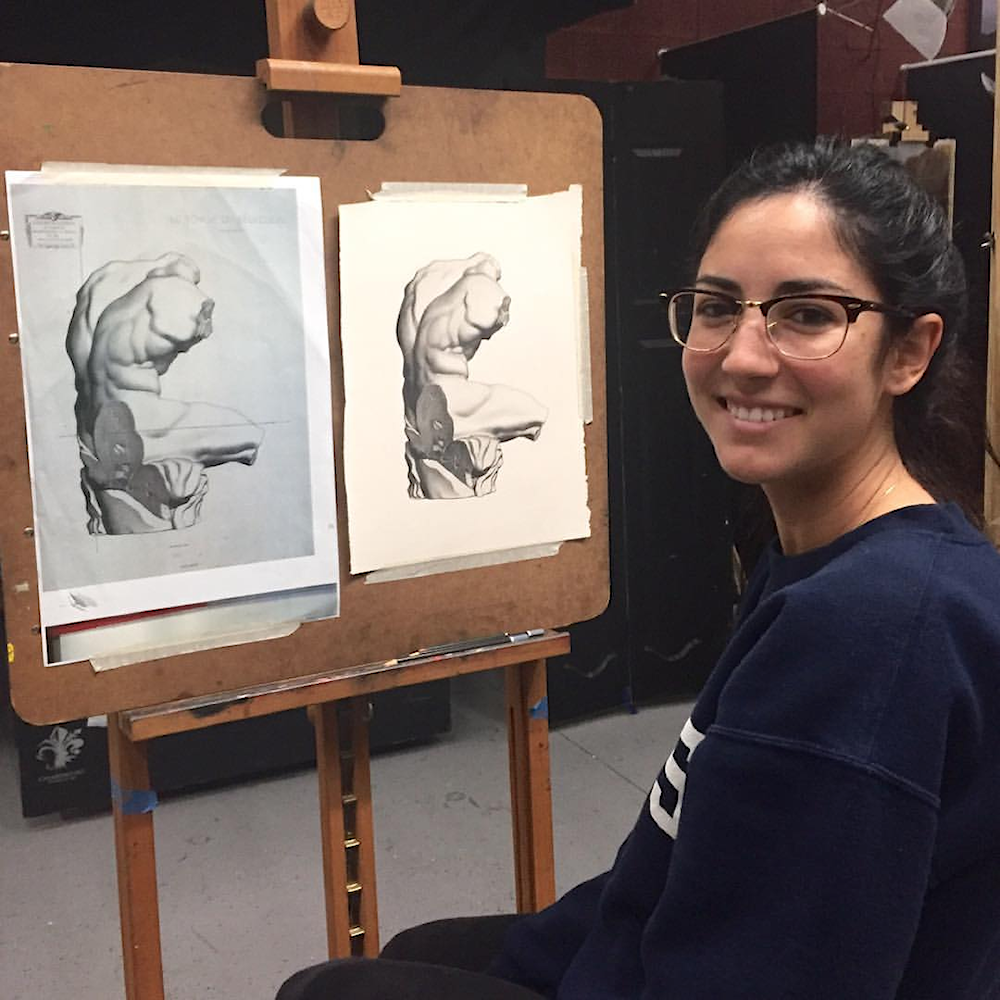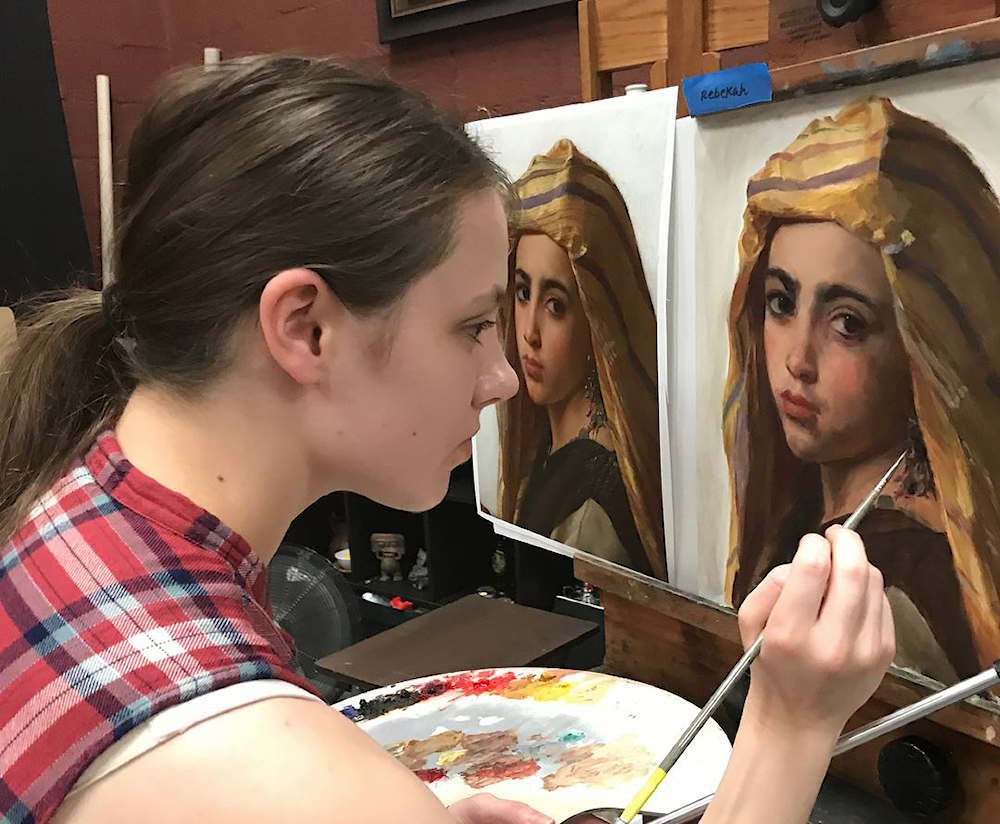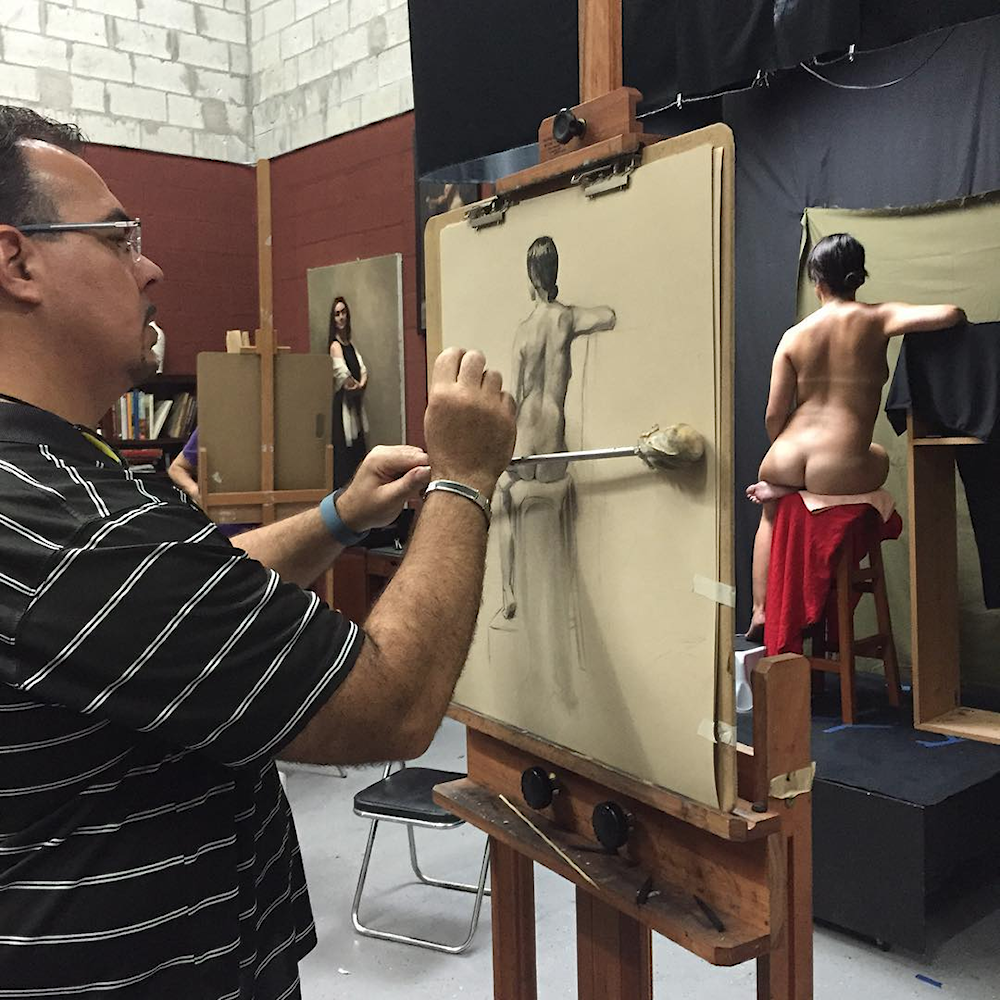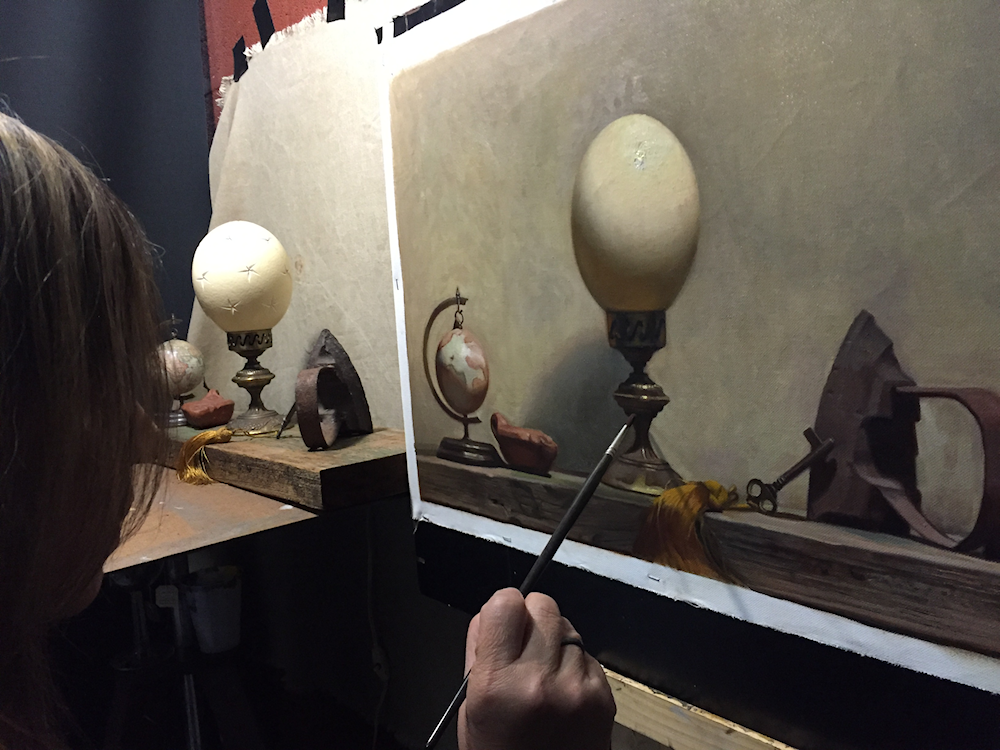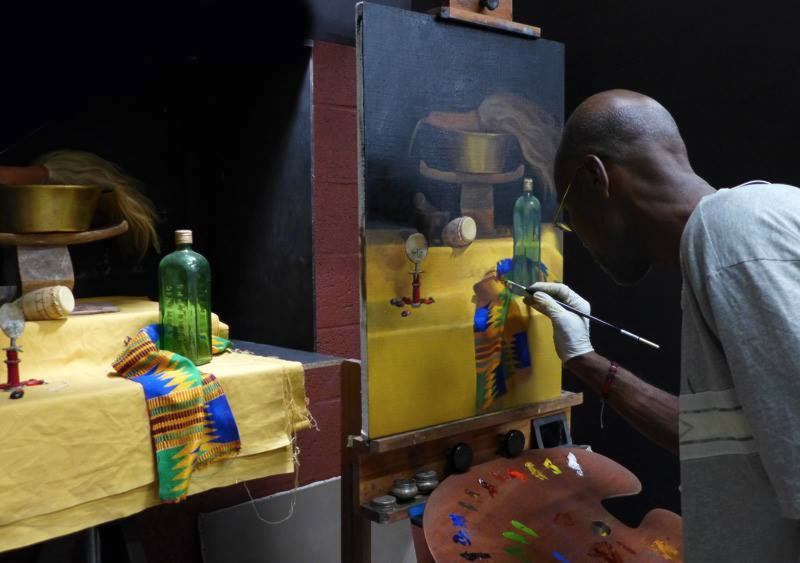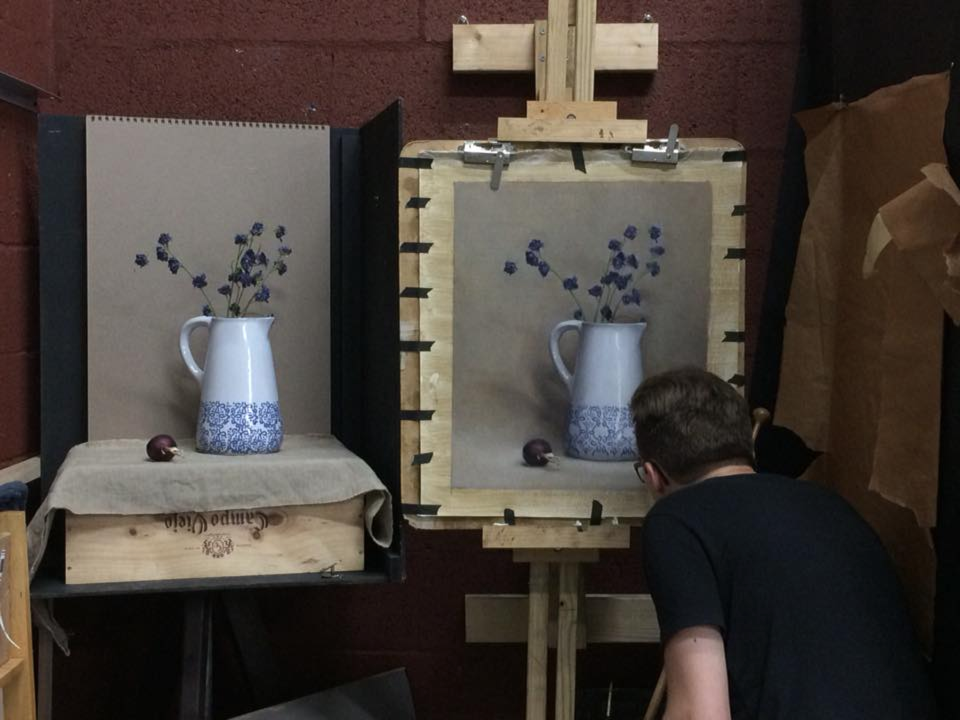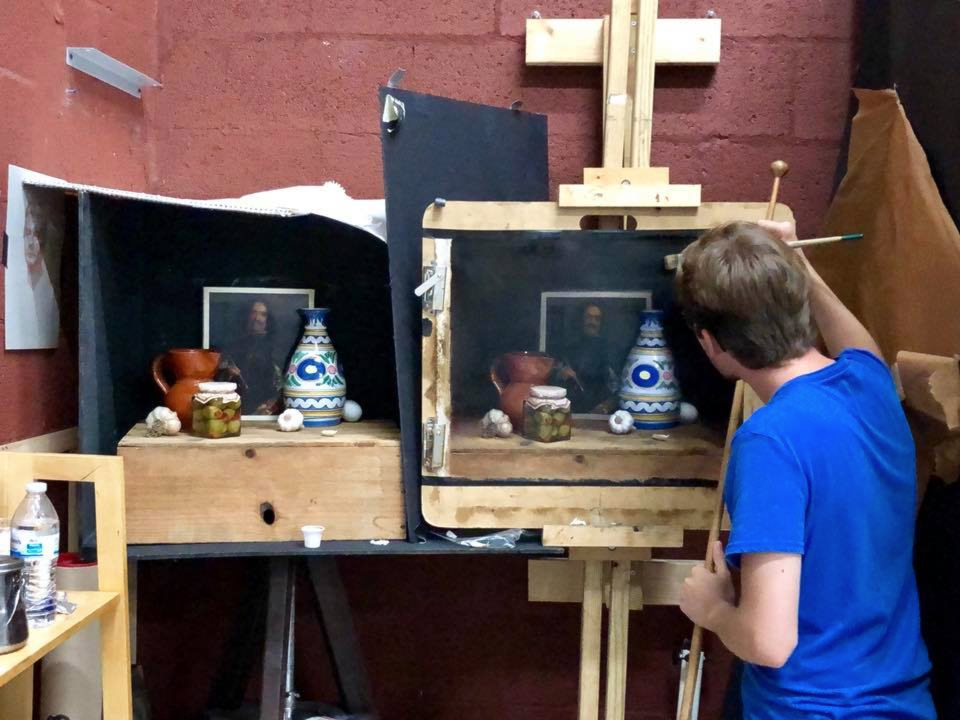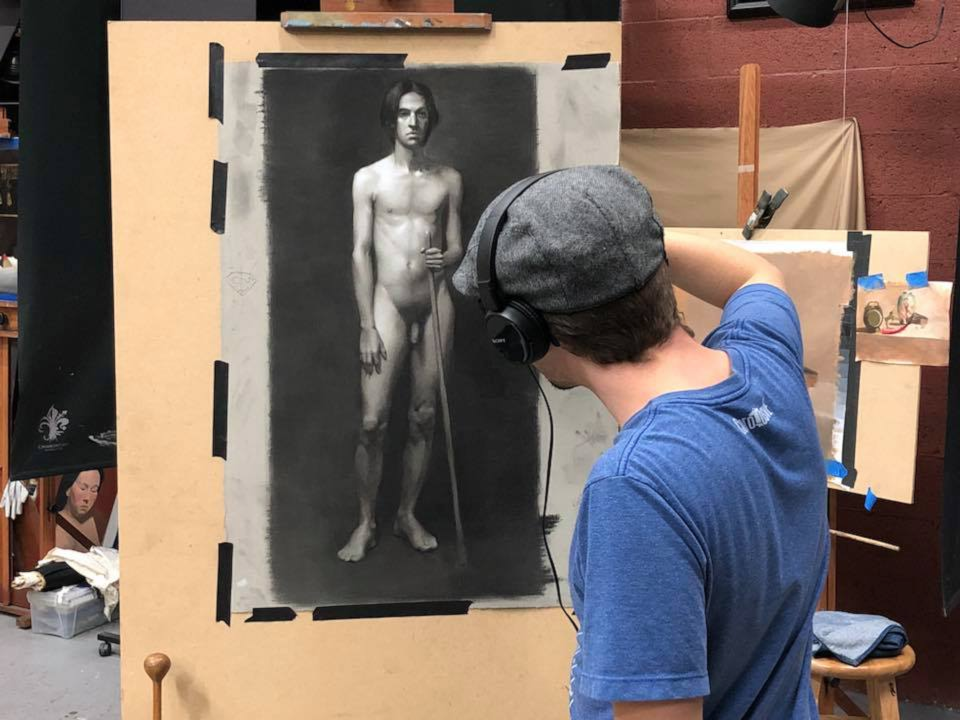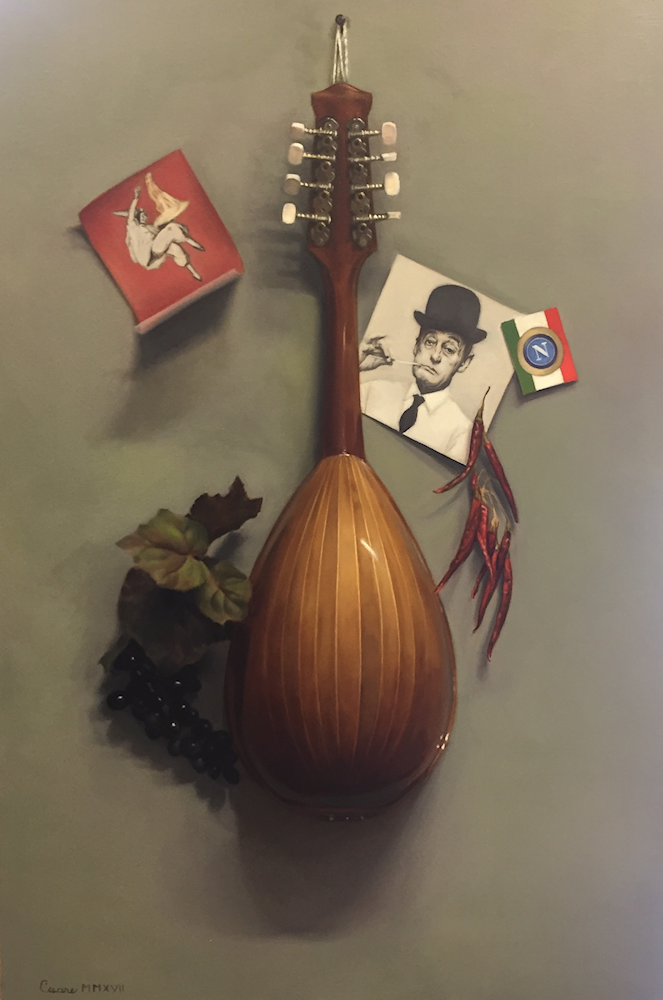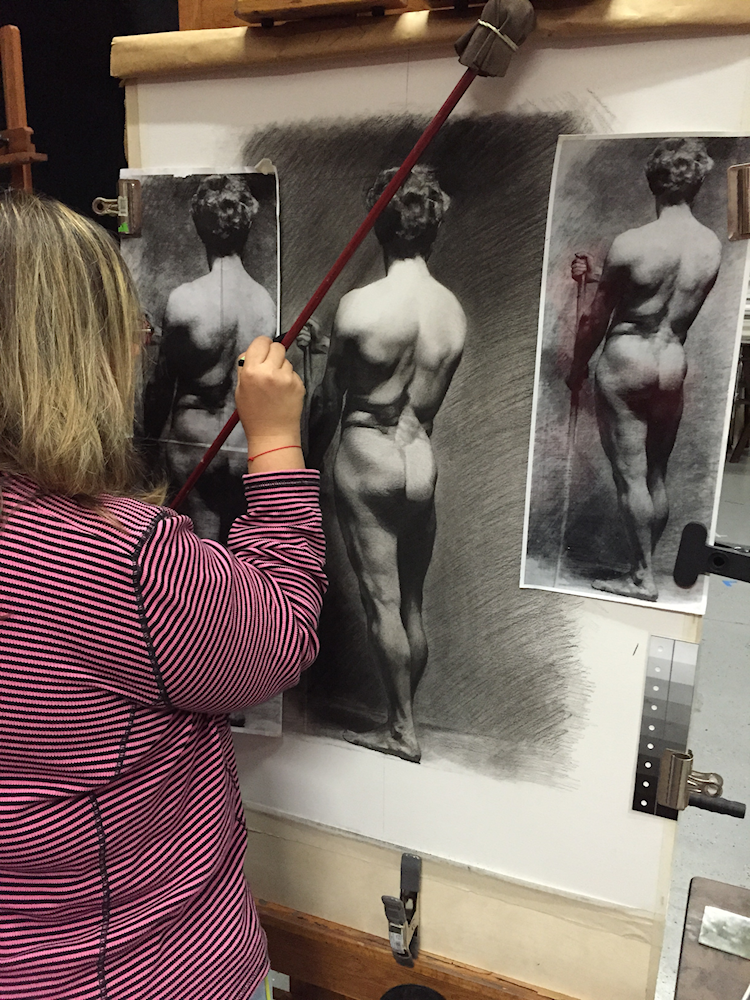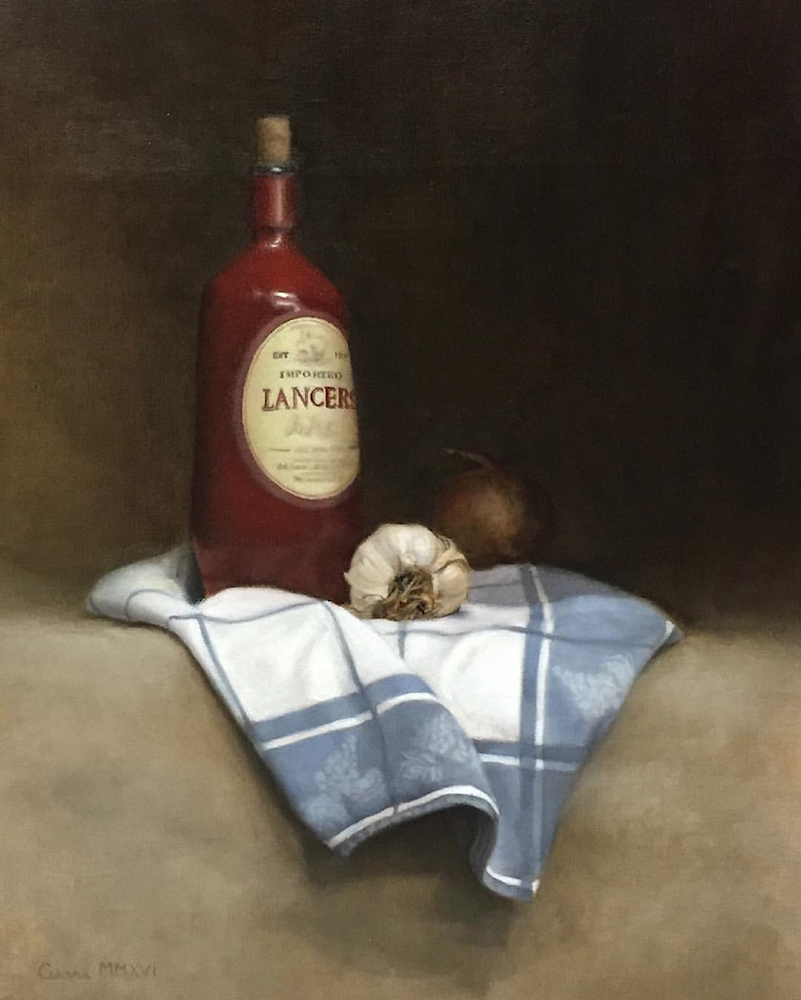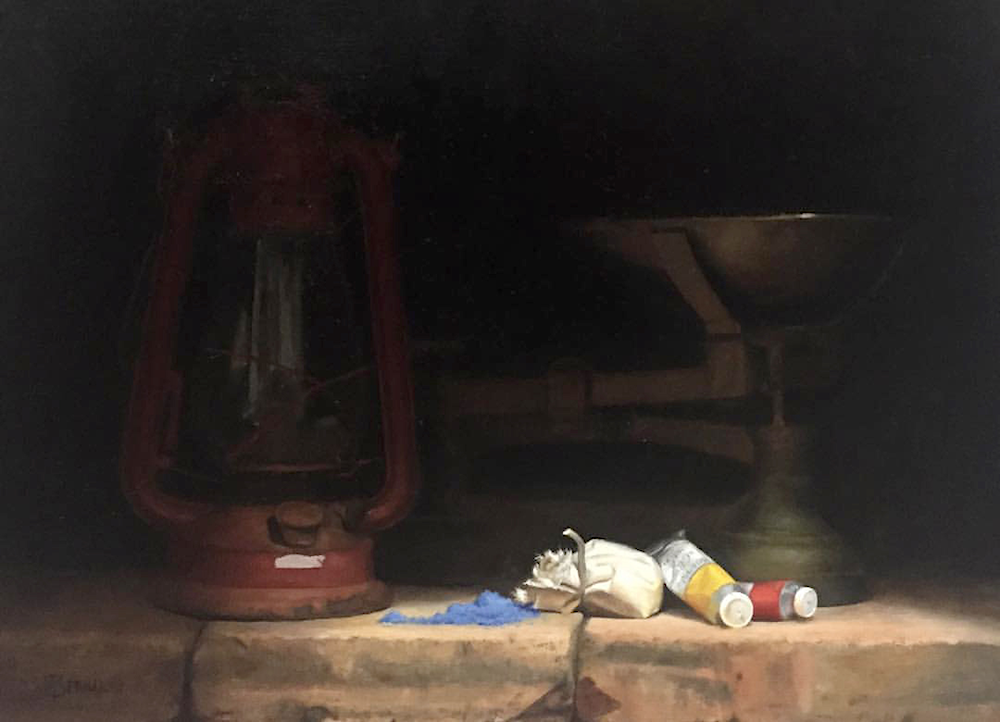Miami International Fine Arts
MIFA
Website: http://www.mifamiami.com
Email: info@mifamiami.com
5900 NW 74th Ave, Miami, United States
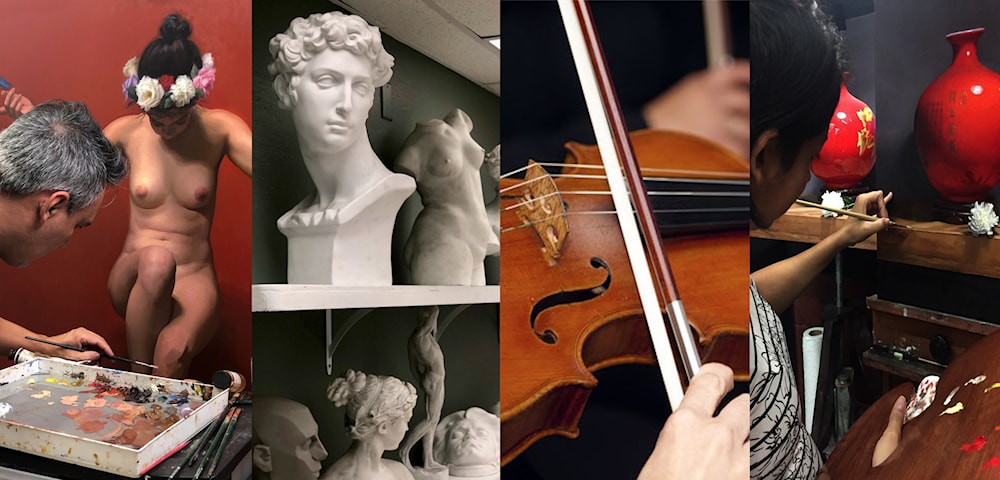
- Details
- Faculty
- Instructor Works
- Student Works
Join us on Facebook: https://www.facebook.com/mifamiami
Instagram: https://www.instagram.com/mifamiami/
Youtube: https://www.youtube.com/channel/UCxUJ6mEaXRflzzVtm7Bj_DA?view_as=subscriber
MIFA Drawing and Painting Programs offer top level instruction in realistic painting and drawing.
Our unique curriculum is a blend of the methods used by the famous classical-realist 19th century academies and the two major academies in Florence, Italy. Based on our own experience, we have added some twists that make it more suitable to some contemporary artistic needs!
Mission:
Our mission is to promote a return to discipline in the learning stages of art. By teaching traditional, time-tested methods, we guaranteed the aspiring artist with a strong basement in drawing and painting. They also learn about materials, tips and secrets of the craft.
Vision:
MIFA envisions artists that embrace creative expression supported by the highest level of craftsmanship. Our teaching methods and techniques provide the tools that students can use to create their own contemporary work and develop a personal artistic language.
Values:
MIFA strives for excellence, mutual respect, integrity, passion, empathy, determination and love for art.
PROGRAM
MIFA program is based on the atelier method, a step by step systematic progression through the curriculum. As each task and requisite skill is acquired, a new more difficult task is assigned. The rate at which students progress through the Drawing and Painting Program varies by individual, and normally requires a minimum of two and a half to three years to complete.
The fact that our academy is based on the atelier system represents a great advantage to the beginner students, as they are sharing the studio space with more advanced students. This gives them the opportunity to see the future projects they will work on, listen to other's critiques, receive advice from advanced students, etc.
Our curriculum is divided in three major programs:
- Intensive drawing program
- Intermediate program
- Advanced painting program
CORE PROGRAM
Full Time
The full time program is designed to be completed in 6 Trimesters.
5 days a week (6 hours/day)
Monday to Friday 9:30 A.M. to 12:30 P.M. and 1:30 P.M. to 4:30 P.M.
Tuition fee:
Trimester $3300
Monthly $1100
Save $250 by paying the trimester tuition in full
Half Time
2 days a week (6 hours a day) or 4 half days (3 hours a day)
Tuition fee:
Trimester $2200
Monthly $825
Save $250 by paying the trimester tuition in full
MIFA provides the opportunity for students to study on a half-time basis. You would follow the same curriculum as the full time students, which would give you the opportunity to achieve similar results, but of course, over a longer period of time.
SPECIAL PROGRAM
1 day a week (6 hours/day) or 2 half days (3 hours a day)
Monday to Friday 9:30 A.M. to 12:30 P.M. and 1:30 P.M. to 4:30 P.M.
Or Evenings 6:00 P.M. to 9:00 P.M.
Tuition fee:
Trimester $1375
Monthly $495
Save $100 by paying the trimester tuition in full
MIFA recognizes that it is not always possible for students to enroll in our Full or Half-Time programs. So we have designed a completely new program for those of you who don't have enough time due to work, study or any other reason. This program is perfect for those students who want to start a serious drawing and painting training but are not sure about the full program. One day a week!
Saturday Open Program:
This program is open and on a monthly basis
Saturdays 9:30 A.M. to 12:30 P.M.
Fee:
Monthly $275
Day $77
Save $30 by paying the Month
These classes are intended for students who want to paint or draw in their own projects with professional advice and guidance without following the core program. These projects can include Old Masters copies, Landscape paintings, portrait from photos, and any kind of figurative paintings the student would like to develop.
We recommend that everyone start with few drawing projects.
Some exercises can also be given to those students to help improve their skills. These exercises are specially designed for these classes. (Core program exercises, painting from the cast, still life painting, and painting the figure and portrait from the live model ARE NOT part of these classes)
FACULTY
Milixa Morón
Milixa completed workshops at the Academy of Realist Art in Toronto before finishing her studies at the Angel Academy of Art in 2009, in Florence-Italy. Then she remained in Florence for some years, Becoming part of the "ArtSpace Florence" and following classes at "La Scuola Libera del Nudo" at Belli Arti Academy. As a realist painter, Morón is devoted to the resurgence and preservation of representational painting. Inspired by a diverse and large number of sources, Morón seeks to synthesize mythology, culture, universal ideas and beliefs with her subject's personal stories and psychology. http://milixamoron.com
Elkin Canas
Elkin's motivation as a painter is capturing light, its universal and timeless influence on life, art, and culture. Communicating observations of nature and using the time-tested methods of the Old Masters are the key to Elkin's visual language as an artist. Looking for a deeper understanding of those methods, Elkin moved to Florence, Italy, becoming part of an artist community called Florence ArtSpace, where he learned first-hand from great painters such as Angel Ramiro Sanchez and Hunter Eddy, director and co-director of the advanced painting program of the Florence Academy of Art. https://www.elkincanas.com/
Carlos Lopez
Carlos Lopez studied at the Grand Central Academy of Art, where he undertook rigorous training in traditional drawing and painting for the next five years. In 2015, he was awarded one of the top prizes from the highly reputable Portrait Society of America. After fourteen years residing in New York City, he moved back to Miami to establish his studio, First Line Atelier, where drawing and painting instruction is offered.
| Website | http://www.mifamiami.com |
| info@mifamiami.com | |
| Founded | 2013 |
| Course languages (Check multiple if applicable) | English,Spanish |
| Part-Time Instructors | 2 |
| Full-Time Instructors | 3 |
| Students | 33 |
| Accommodation | No |
| costs |
Part time: USD 825 / month Full time: USD 1150 / month |



